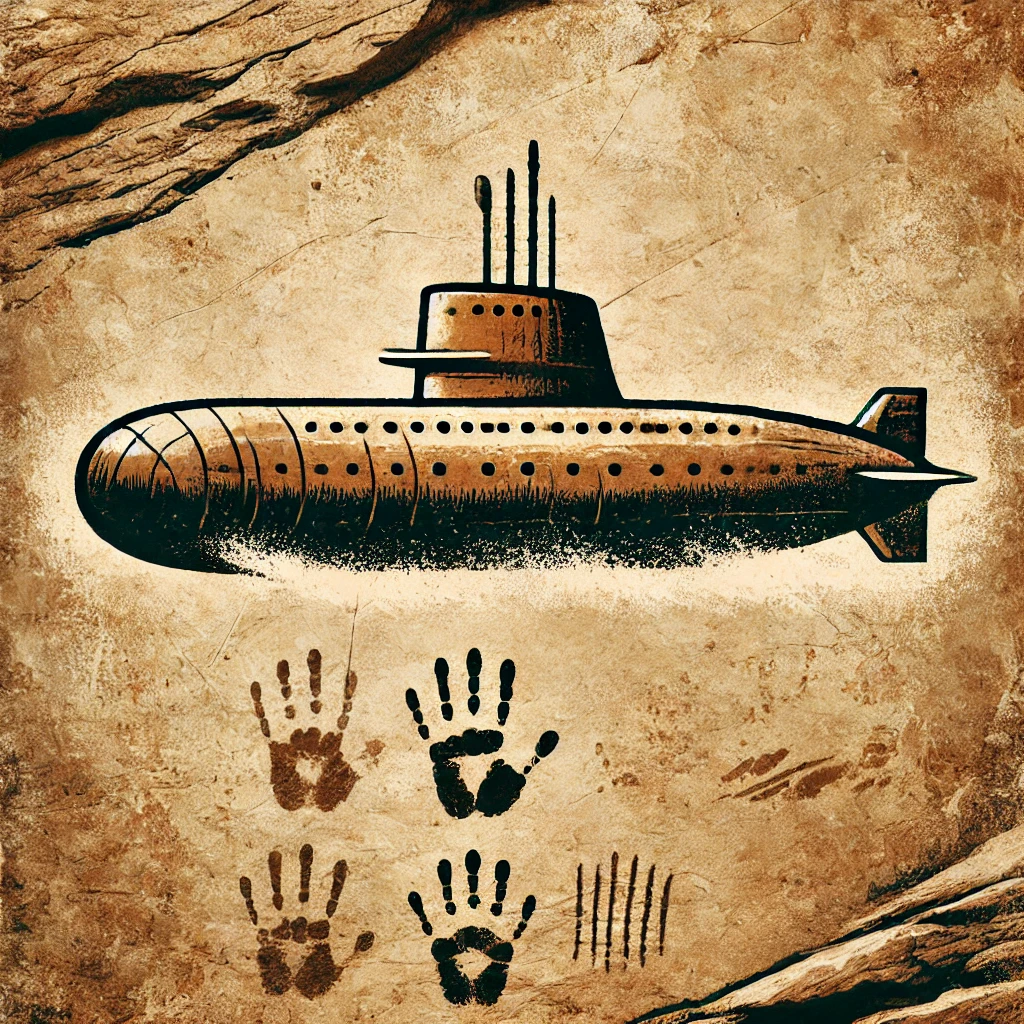High-quality photography drone: camera types by tier and the quality you can expect
Choosing a drone isn’t just comparing prices. The real difference between a basic rig and a professional one lies in the camera it carries or can mount. Sensor, recording formats, stabilization, ND-filter compatibility, and even specialized camera types like thermal or LiDAR completely change the final result. In this article you’ll understand what each camera category offers at different drone price tiers, what image quality you can expect, and when it’s worth investing more.
Cameras in entry-level drones: portability and casual use with clear limits
The most affordable drones usually have small sensors (1/2.3” or smaller), resolutions from 2.7K to 4K, and limited dynamic range. Their quality is fine for social media or personal use, but low-light scenes bring noise and bright areas clip easily. Saturation and contrast often come “preprocessed” to look good without editing, which reduces correction latitude. These drones sometimes lack log profiles and don’t easily accept ND filters, making it harder to control shutter speed and achieve cinematic motion. Their gimbal is typically a basic 2- or 3-axis unit—functional but less smooth in wind. They’re ideal for casual users, but not for professional projects.
Mid-range: the balance between portability and true image quality
Here you start to see larger sensors (1/1.3” or 1”), solid 4K resolution, and higher bitrates that preserve more detail in textures and fast motion. Dynamic range improves, letting you recover highlights and shadows without muddying color. Most models offer log or D-Cinelike profiles, opening the door to more precise grading. They also accept ND filters easily, allowing shutter control for fluid video. The 3-axis gimbal is more stable and often lets you tune speed and smoothness. This tier is ideal for light professional creators—reels, weddings, travel, and semi‑pro production.
Key advantage: flexibility in recording
Mid-range drones let you choose between quick auto modes and full manual control, making them versatile for different projects. Many also add 10‑bit recording for deeper color adjustments without artifacts.
High-end: dedicated cameras for cinema, advertising, and professional production
At the high end you’ll find 1‑inch, Micro Four Thirds, or even larger sensors. They capture more light, greater dynamic range, and more accurate color. Resolution can be 5.1K, 6K, or higher—not for marketing, but to allow cropping and stabilization in post without losing sharpness. Bitrates are high, and formats include ProRes, RAW, or advanced log profiles designed for professional workflows. They support complete ND sets, polarizers, and even variable ND. Stabilization with advanced gimbals delivers ultra‑smooth moves even in wind. These drones are used in film, documentary, and advertising because they slot cleanly into pro pipelines.
Interchangeable cameras and specialized optics
Some models let you swap lenses (wide, telephoto, optical zoom). This opens creative options like compressed perspectives or detailed framing from afar—impossible in lower tiers. There are also platforms that carry full DSLR or mirrorless cameras on high‑payload gimbals.
Specialized cameras for drones: beyond visible light
Drones don’t just capture color. There are cameras built for other applications that offer huge professional value.
Thermal cameras
They detect heat instead of visible light. Typical uses include search and rescue, electrical inspections, agriculture, and nighttime surveillance. They don’t deliver “true color” images, but temperature maps. Resolution is usually lower, but the goal is detecting thermal differences, not aesthetics.
LiDAR cameras
They emit laser pulses and measure distance to generate precise 3D models of terrain or structures. Used in surveying, construction, and advanced mapping. They’re expensive and require specialized software, but provide millimeter‑level data impossible with regular cameras.
Night or low‑light cameras
They use highly sensitive sensors or infrared technology, allowing recording in near‑dark conditions with low noise. Ideal for security, wildlife, or creative nighttime productions.
So… which camera do you need?
The key isn’t resolution; it’s purpose. If your goal is visual content for social media or events, a mid‑range camera with a good sensor, solid gimbal, and ND filters will be enough. If you need cinema‑level quality, RAW workflows, and interchangeable optics, look to the high end. If you work in inspection, rescue, or mapping, aesthetics matter less than camera type: thermal, LiDAR, or low‑light.
Understanding what image quality each tier offers—and which tools like controlled saturation, ND filters, or specialized sensors you can leverage in each category—lets you choose a high‑quality photography drone without paying for features you won’t use. A great result doesn’t depend on price, but on using the right camera for the right job.




